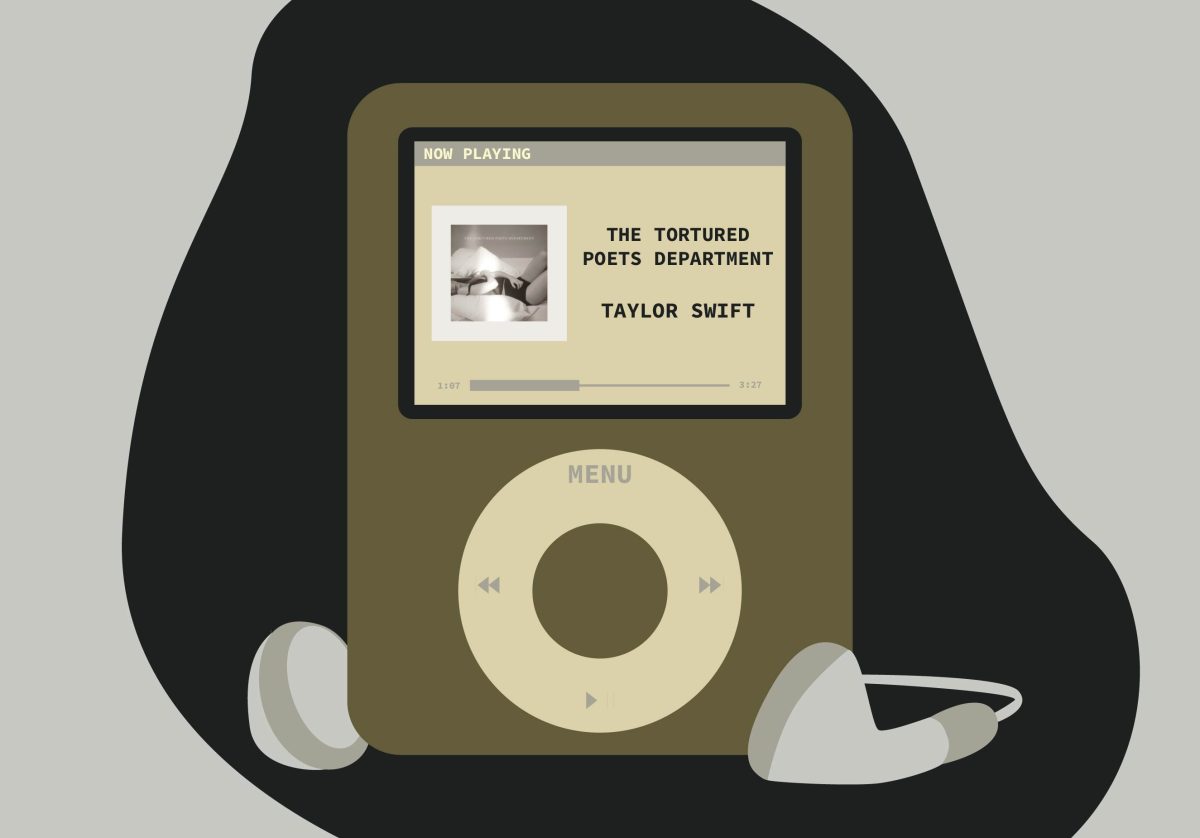To paraphrase Raoul Vaneigem: People who talk about vampires without understanding what is subversive about love and what is positive in the refusal of constraints, such people have a corpse in their mouth.
Midway through the first scene of Charles Nolte’s adaptation of Bram Stoker’s “Dracula,” the underlying conflict of the story is brought into sharp relief. The ravishing Mina, played by Megan Bartle, reclines on a chaise lounge, suffering from a mysterious anemia. One by one, the men in her life – her father Dr. Seward (Jack Matheson), her fiance Jonathan Harker (Nicholas Bradley Harazin) and Count Dracula (Adam Yazbeck) – stand over her, cajoling, entreating, threatening, seducing. Nolte crafts the ensuing drama as a struggle not so much against evil, but as a battle for Mina’s sexuality.
This is heady stuff for the Minnesota Centennial Showboat. Usually the subtext underlying its repertoire of melodramas and mysteries has more to do with deciphering in-jokes about local people and businesses than with highlighting the sexual politics of classic horror. Last year’s production of “Dr. Jekyll and Mr. Hyde” for instance, was almost devoid of subtlety, which is probably what most of the audience was expecting. A two hour investigation into the ways men attempt to control women and the concurrent terror of unchecked female sexuality seems at odds with the Showboat’s reputation. Nolte has been clever in his use of these tropes however, never letting them interfere with the overall thrust of the drama or the familiar Dracula mythos.
An example of this adept embedding of subversive themes within broad comedy is the “gender-blind” casting of Ryan Grimes as Nurse Hennessy and Andrea Uselman as Renfield. Grimes is a large fellow who towers over the rest of the comparatively diminutive cast. His Nurse Hennessy promenades around the stage, officiously reminding Dr. Seward of his social obligations and making every attempt to run the clinic as her own personal fiefdom. Uselman’s Renfield is by contrast slight, soft and anxious, ravenous for insects but unable to function efficiently as Dracula’s spy, despite being completely within his control.
In short, each behaves in ways emblematic of the stereotyped roles of each actor’s gender. Superficially, this makes for some hearty chuckles from the audience, especially when Nurse Hennessy slips into a more “female” demeanor later in the play and is seduced by Count Dracula. On the subtextual level however, it means that Nolte is able to make virtually every scene portraying the exercise of authority as man-dominates-woman.
Count Dracula’s scenes bear out this analysis as well. In contrast to the other male actors, who are all fair-to-ruddy in complexion, solidly built and stolidly masculine, Yazbeck is wan, somewhat effete and sensual. In keeping with the Dracula mythos, he is also the only one who has the slightest clue about how to turn women on. Though his persecutors express horror that he is a sinister amalgam of the living and the dead, it seems clear that it is his combination of male and female characteristics that unnerves them the most.
Nolte leaves nothing to chance, however. If you have not picked up on the innuendo by the final scene, he pounds it into your head with a mallet as the vampire hunters probe Dracula’s rented castle in hopes of impaling him. As Count Dracula slumbers in his coffin of native earth, Mina fawns over him, waiting for the final consummation of their passion. From offstage, the voices of Von Helsing, Seward and Harker express dismay at the darkness, odor and slipperiness of the passage they are traversing as they try to find an “opening.” I only reveal these final quips here because the preview audience failed to emit even a twitter as they were uttered. That’s Minnesota audiences for you – everybody wants to give a standing ovation, but they refuse to giggle at a double entendre.
At this point you may well be thinking “That’s great about the deconstruction and everything, but how were the olios?” They were great, friend. Olios are an essential part of the Showboat experience, little interstitial, song-and-dance routines culled from British music hall, American vaudeville and popular song traditions. This year’s olios focused gardening and moon themes. Patrons impressed by last year’s dazzlingly opulent production values will not be disappointed. The costuming staff (led by Julia J. Acton) have once again outdone themselves.
The set, which of course must be shoehorned into the Showboat’s rather narrow stage, is perfectly cunning at conveying depth and breadth despite the scarcity of both those commodities. Several diverting special effects delight the audience. Likewise the lighting, although created from a system that is much less complex than those boasted by many small theaters in the Twin Cities, is beautiful and spooky.
This year’s Showboat production carries on a grand tradition, and enlivens it with themes that broaden the appeal of melodrama for literate, contemporary audiences.
“Dracula” runs June 20 – August 23 at the Minnesota Centennial Showboat at Harriet Island Park in St. Paul, call (651) 227-1100 for tickets and information
Niels Strandskov welcomes comments at [email protected]















